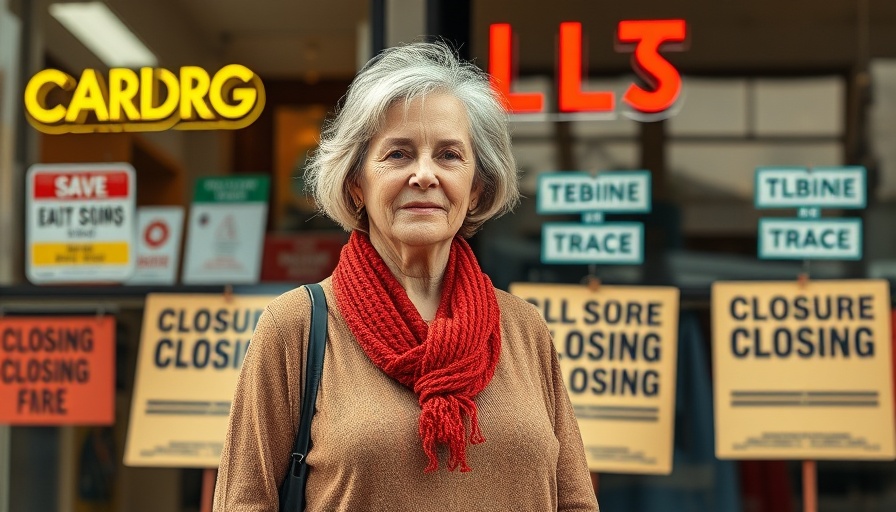
The Closing of a Community Institution: West Side Kids
After 44 cherished years, West Side Kids, a beloved fixture on Manhattan's Upper West Side, is set to close its doors. Jenny Bergman, the store's current owner and daughter of founder Alice Bergman, recently announced the decision, citing rising operational costs, the shift to online shopping, and tariffs as the driving factors. For generations, West Side Kids has held a special place in the hearts of local families, providing toys and educational materials that foster creativity and inclusivity.
A Store Founded on Representation and Diversity
In 1981, the store opened with a mission that reflected Alice Bergman’s vision as a former teacher who recognized the need for toys that represented the diverse backgrounds of the children she taught. Originally a small store, it grew into an iconic community hub where cultures merged and imaginations thrived. Jenny recalls how the store welcomed every child, regardless of their financial means, creating an environment of acceptance and joy.
Challenges Amidst Changing Retail Landscape
Despite its strong community ties, West Side Kids could not escape the realities of modern retail. The pandemic accelerated a shift to online shopping that many local businesses are still grappling with, alongside soaring rental costs and tariffs that have impacted inventory and pricing. Jenny shared, “It was an accumulation,” underscoring the pressures faced by small businesses in today’s economy.
Cultural Impact and Community Ramifications
As neighborhood dynamics change, the loss of West Side Kids symbolizes a broader trend affecting local retailers nationwide. The store was more than a place to buy toys; it was a sanctuary for families and a cornerstone of the community's identity. Now, as its closure looms, the question remains: What does this mean for the future of neighborhood stores?
Jenny expressed her hope for new opportunities, despite the store's closure—encouraging community members to continue supporting local businesses as they navigate these turbulent times.
 Add Row
Add Row  Add Element
Add Element 



Write A Comment